Making sense of Cisco's Digital Ceiling
After attending Cisco Live EMEA, tech blogger Tom Hollingsworth (@networkingnerd) wrote about an interesting announcement by the company at the conference: A move into a new market space of their own creation, the Digital Ceiling. Read Tom's excellent post, which also includes three videos about the initiative.
I'm writing this from the Wireless LAN Professionals Conference in Phoenix, where there have been a couple of fascinating deep dive presentations on the near- and longer-term evolution of Wi-Fi. In fact, I highly recommend watching the recordings once they're published online next week, with particular attention paid to sessions by Aruba's Chuck Lukaszewski on MU-MIMO and 802.11ax. But I wonder if Cisco, a week earlier, didn't announce what amounts to a hedge bet on a form of wireless communication a step or two further down the road. Could Li-Fi (as much as I deplore that term) be the bigger, unspoken part of the story here?
Visible Light Communication
The practice of delivering information over distance using some sort of encoding mechanism for light is nothing new. Alexander Graham Bell transmitted voice data using modulated sunlight over a distance of 213 meters in 1880 using a device called a photophone. But with LED lighting becoming commonplace, it's becoming economical to transmit data at significant bandwidth using forms of On-Off Keying (OOK) and Frequency Shift Keying (FSK). University of Edinburgh professor Harald Haas gave a TED Talk on the feasibility of visible light communication (VLC) in 2011, which gave the idea momentum and spurred further research and development. (I like the term VLC much better, but Haas coined the term Li-Fi, which seems to have taken off in the mainstream press.) Several years later, prototypes are pushing packets using specially equipped LED bulbs at 224 Gbps in controlled scenarios, which has tech journalists falling all over themselves to declare the impending demise of Wi-Fi.
So what does this have to do with Cisco's Digital Ceiling? There are several clues:
History
Consider that the networking giant in San Jose has a strong track record of positioning itself well ahead of the pack when it anticipates a seismic shift in technologies that move data and connect people (and more recently, connect "things"). VLC is only in the infant stages of testing its market viability, but that could change quickly. If it does, Cisco would naturally want to be already established in this space, holding the high ground against the competition.
Proximity
As of now, the talk about the Digital Ceiling is mostly about equipping commercial and light-industrial ceiling infrastructure with power and data connectivity to enable special room lighting fixtures. These lights could be powered by POE switches, a market Cisco already dominates, and could easily transmit data bi-directionally to control lights and gather analytics about energy use. But with the nearly ubiquitous adoption of Wi-Fi, the network's access layer has quickly become tethered to the ceiling. If some form of VLC goes mainstream, its near line-of-sight requirements will further solidify the ceiling as prime real estate.
Strategy
A move into enterprise lighting doesn't make a lot of sense on its own merits. Sure, Cisco is well-equipped to be successful in providing low-power consumption lighting that can be controlled, all monitored, and even data-mined. And if you get Ethernet to the light fixture, it's much easier to add kinds of sensors to rooms with little installation overhead. But lighting is ancillary to Cisco's core business of networking--today, at least. In a couple of years, however, if there's even a slight chance that enterprises could be transmitting data wirelessly at blistering speeds using 460nm wavelengths, it suddenly makes a great deal of sense.
The 802dotKey
I certainly don't have any inside information on this, but a move that caught a number of people somewhat off-guard surely has more of an explanation that low energy consumption lighting for the enterprise.
It would be a clever hedge. Cisco wouldn't have to bet on the success of VLC right away (damn good thing, because it has huge obstacles to overcome), and if it does work out they would already own the enterprise ceiling. They'd be miles ahead of the competition--most of whom have neither the resources nor the inclination to get into commercial room lighting. In the meantime, their highly profitable business model would mitigate much of the risk of low adoption of Cisco POE light panels. And if Cisco gets to sell more switch ports to power lights, that only pads market share and revenue numbers.
Further Reading
Cisco's Digital Ceiling
Visible Light Communcation by Christian Pohlmann
IEEE 802.15 Task Group 7r1 (Short-Range Optical Wireless Communications)
